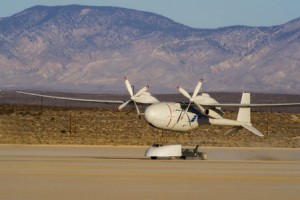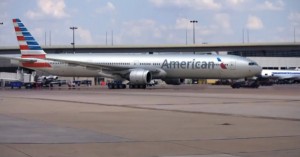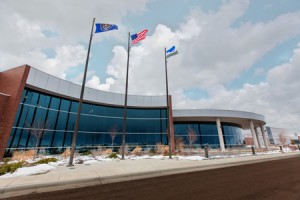Boeing Rolls Out 1st F-15SA for Royal Saudi Air Force
ST. LOUIS, April 30, 2013 — Boeing [NYSE: BA] today rolled out the F-15SA, ushering in a new era in fighter aircraft capability and affordability for the Kingdom of Saudi Arabia.
The F-15SA, the newest variant of the combat-proven F-15, provides improved performance and increased survivability at a lower life-cycle cost. The aircraft has two additional wing stations for increased payload and capability.
“We look forward to receiving the advanced capabilities of the F-15SA aircraft to continue to protect the security and stability of the Kingdom of Saudi Arabia,” said Lt. Gen. Mohammed Bin Abdullah Al-Ayeesh, commander, Royal Saudi Air Force. “Our relationship with the U.S. Air Force and The Boeing Company has helped to ensure the Royal Saudi Air Force remains among the best-equipped air forces in the world.”
Flight testing began this year on the F-15SA. The Royal Saudi Air Force has operated F-15S fighters since the 1990s.
“The Kingdom and Boeing have been partners for 65 years and our partnership goes beyond the innovative products and services we provide,” said Dennis Muilenburg, Boeing Defense, Space & Security president and CEO. “Equally as important are the excellent collaborations between Boeing and Saudi educational and industrial organizations.”
Boeing established many of the offset companies in Saudi Arabia, including Alsalam Aircraft Company, in which Boeing currently holds the largest stake. Boeing also co-founded Alfaisal University, the first private university in Saudi Arabia, as well as the King Abdullah University of Science and Technology Industrial Collaboration Program. Boeing is also developing educational and training projects with the King Abdulaziz City for Science & Technology and the Technical & Vocational Training Corporation.
“The F-15SA will enhance the national security objectives of both the United States and the Kingdom with improved interoperability and common training and support well into the 21st century,” said Lt. Gen. C.D. Moore, the U.S. Air Force’s decision authority for the F-15SA program.
A unit of The Boeing Company, Boeing Defense, Space & Security is one of the world’s largest defense, space and security businesses specializing in innovative and capabilities-driven customer solutions, and the world’s largest and most versatile manufacturer of military aircraft. Headquartered in St. Louis, Boeing Defense, Space & Security is a $33 billion business with 59,000 employees worldwide. Follow us on Twitter: @BoeingDefense.













